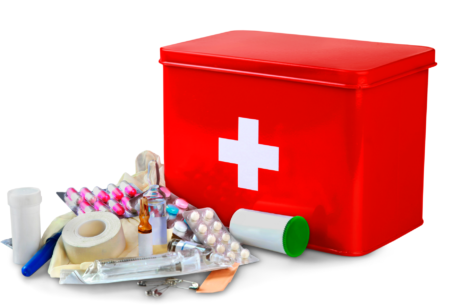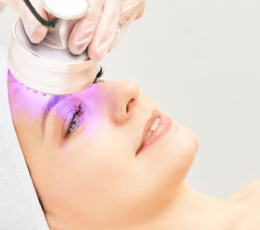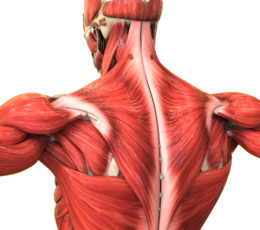Emergency First Aid at Work covering the full HSE syllabus
Adapted for the beauty industry.
This course has been specifically developed for Beauty Therapists, Salon Owners, Beauticians, Hairdressers and Aesthetic Practitioners needed to accompany the Emergency First Aid at Work 6-hour first aid course adapted for the beauty industry. This course covers topics such as how to put someone into the recovery position, heart attacks, anaphylactic shock, burns and so much more.
On completion, you can download and print your certificate. Certificates are valid for 3 years and award an HSE Appointed Person First Aid qualification and can be used as evidence for verifiable CPD.
This course is also an excellent first aid training package for people to gain invaluable knowledge and skills and for those with English as a second language to prepare themselves to pass a practical first aid course.
This is a convenient and easy way for businesses requiring an appointed person qualification to become first aid compliant. The content also serves as an excellent annual refresher covering the full HSE syllabus plus head injuries, heart attack, asthma and much more. This course fulfils all the criteria for Appointed Person first aid training, however, a practical course is required in order to be a full first aider.
The course consists of illustrated step by step directions, flow charts, diagrams, videos and test yourself sections fully compatible with all computers and mobile devices. You will be able to stop and start as often as you like and print your Certificate on completion. You will have continuous access to the course for 12 months.
It is impossible to cover all eventualities within this course or to equip you with the knowledge and skills to appropriately diagnose and treat unpredictable real-life situations. If you suspect serious illness or injury, you should always seek immediate professional medical advice.
The author has made every effort to ensure the accuracy of the information contained within the course, however, this course is merely a guide and the author does not accept any liability or responsibility for any inaccuracies or for any mistreatment or misdiagnosis of any person, however, caused.
Course Contents:
Action in an emergency
Keep yourself safe
Priorities of treatment
Preparing for an emergency
Helpful information
What to put in your first aid kit
Information to give the emergency services
Role of the first aider
The primary survey – how to help in an emergency
Danger
Response
Airway
Breathing
Unresponsive and breathing
Recovery position
How to put someone into the recovery position
Secondary survey
Unconscious and not breathing
Resuscitation
Resuscitating a child
Hygiene during CPR
Compression-only resuscitation
Heart attack and angina
Heart attacks
Angina
Breathing problems
Choking
How to help a choking adult
How to help a choking child
Asthma
What causes asthma
How to help in an asthma attack
Panic Attacks and hyperventilation
Anaphylactic shock
Introduction
What is an allergic reaction?
Who is at risk from anaphylaxis?
Common triggers for reactions
How to recognise an acute allergic reaction?
Common symptoms include:
How to treat anaphylaxis
How to use an adrenaline auto-injector
Patient positioning for anaphylaxis
After an anaphylactic reaction
Storage of auto-injectors
Legislation concerning the administration of adrenaline in a life-threatening emergency
Wounds and bleeding
How to treat a bleeding wound
How to treat a bleeding wound
Dressings
Embedded objects
How much blood can you afford to lose?
Symptoms of shock
Shock
Treatment of shock
Internal bleeding
Amputated parts
Knocked-out teeth
Eye injuries
Nose bleeds
Types of wounds
Fainting
Burns
What to do with a burn
Assessing the severity of a burn
Causes of burns
Burns from sunbeds, lasers and sunburn
Electrical burns
Size, cause, age, location, depth
Treating a burn
Dressing a burn
Breaks, sprains and dislocations
How do you know if they have broken a bone?
Treatment for soft tissue injuries or possible closed fractures
Types of fractures
When to call an ambulance
Dislocation
Bandaging
Slings
Head injuries
Head injuries
What to look for and what to do
Suspected brain injury
Compression and concussion
Skull fracture
Strokes and trans ischemic attacks
Spinal injuries
Fitting/seizures/convulsions
Medical conditions
Useful advice
Accident forms
Final test-yourself section and certificates



Reviews
There are no reviews yet.